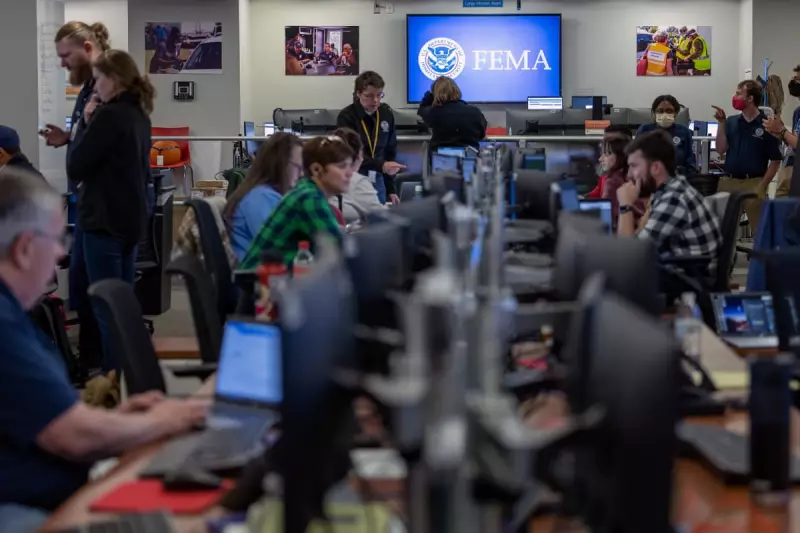
In a seismic shift for American disaster response, the Federal Emergency Management Agency (FEMA) has torn up a long-criticised rule that prevented victims from receiving federal aid if they were also insured.
The change, announced on Friday, effectively dismantles a bureaucratic barrier that for years forced families and businesses hit by hurricanes, wildfires, and floods to navigate a nightmare of red tape. The old system often left people trapped in a Catch-22, waiting for insurance payouts before they could qualify for crucial government assistance, causing devastating delays.
The End of an Era: Scrapping 'Double-Dipping'
For decades, FEMA’s policy was designed to prevent what it called 'duplication of benefits' – essentially, receiving help from both an insurance payout and federal taxpayers. In practice, however, it created a logistical labyrinth. Survivors were frequently forced to deplete their entire savings, max out credit cards, or take on crippling debt to make immediate repairs, all while waiting for their insurance claims to be settled and processed.
This often meant help arrived too little, too late, hampering community recovery and prolonging suffering.
A Streamlined Path to Recovery
The new rule, a key pillar of the Biden administration's disaster policy reforms, fundamentally rewrites the playbook. Now, disaster survivors can apply for and receive FEMA assistance without first having to wait for an insurance company to review their claim.
This allows for swift, upfront help with essential needs like temporary housing, emergency home repairs, and other critical expenses. The reform acknowledges a simple truth: in the immediate aftermath of a catastrophe, speed is everything.
"This is a common-sense change that will have a profound impact," the article notes, signalling a more humane and efficient approach to federal disaster management.
Why This Reform Matters Now
This pivotal update arrives at a critical juncture. The United States is facing a rising tide of extreme weather events, from intense hurricane seasons to rampant wildfires, all supercharged by climate change. The strain on FEMA's resources is unprecedented, and the old rules were increasingly seen as unfit for purpose in this new era of frequent and severe disasters.
By removing this obstacle, the agency aims to get communities back on their feet faster, proving that the system is finally adapting to the realities of the 21st century.





